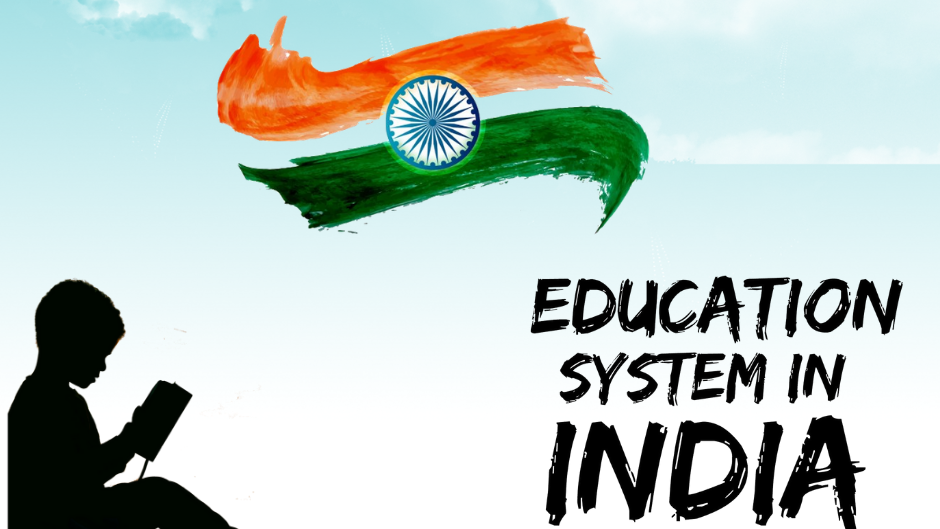
The Indian education system has made significant progress in recent years to ensure that educational opportunities are available to all segments of society. According to the 2009 Right to Education Act, schooling is free and compulsory for all children from the ages of 6 to 14. However, improvements are slow being implemented and disadvantaged groups may still not have adequate access to education. A high value is placed on education, as it ensures a stable future. All parents want their children to attend the best private English schools, but places are limited. The admission process is therefore highly competitive. Most Indian schools have a strong focus on academic subjects, with little scope for creativity and few or no extra-curricular activities. Traditional schooling methods tend to emphasize rote learning and memorization, rather than encouraging independent or creative thinking. There is a strong focus on examinations from an early age. This makes the atmosphere at Indian schools competitive. Many expats prefer to send their children to international schools. Others choose a more progressive Indian school that is less traditional in its teaching style.
The Education System
The Indian education system is structured as follows:
- Pre-school: Education at this level is not compulsory. The Montessori system is especially popular at the pre-school level
- Private playschools: Catering for children between the ages of 18 months and three
- Kindergarten: This is divided into lower kindergarten (for three- to four-year-olds) and upper kindergarten (for four- to five-year-olds)
- Primary school: First to fifth standard/class/grade (for six- to ten-year-olds)
- Middle school: Fifth to eighth standard/class/grade (for 11- to 14-year-olds)
- Secondary school: Ninth and tenth standard/class/grade (for 14- to 16-year-olds)
- Higher secondary or pre-university: 11th and 12th standard/class/grade (for 16- to 17-year-olds). This is when students choose an academic area on which to focus
- Undergraduate: A BA is a three-year degree. Specialised courses such as medicine and engineering can be longer
- Postgraduate: A one-year course
Types of Schools
- Public/government schools: Most schools in India are funded and run by the government. However, the public education system faces serious challenges including a lack of adequate infrastructure, insufficient funding, a shortage of staff and scarce facilities
- Private schools: Since many government schools do not provide adequate education, Indian parents aspire to send their children to a private school. Some expats choose to send their children to private Indian schools
- International schools: There are international schools in all major cities. They are attended by expat and Indian children
- National open schools: Provide education up to the higher secondary level for children whose schooling has been interrupted and have been unable to complete formal education
- Special-needs schools: Provide non-formal education and vocational training to children with disabilities
Curricula Systems
There are different systems depending on which level of government or academic organization sets the curriculum and standards for examinations. Schools are affiliated to one of these “boards”.
- State government boards: Each state government has a board that sets the syllabus and key examinations
- Central Board of Secondary Education (CBSE): This is the most common curriculum in secondary schools. Standards are set by the national government for the syllabus and examinations for classes 9 to 12. There is a strong emphasis on math’s and science under this system
- Council of Indian School Certificate Examination (CISCE): This is more commonly known as the Indian Certificate of Secondary Education (ICSE). The syllabus and exams are set by the CISCE, which is a private body. The subjects are more diverse and equal importance is given to arts, languages and sciences.
- International Baccalaureate (IB): The curriculum is set by this non-profit educational foundation, which is recognized all over the world. It features a more innovative syllabus that focuses on all-round development rather than just academic subjects. Many international schools follow this curriculum. To find schools offering the International Baccalaureate curriculum.
- Cambridge IGCSE: Many international schools also offer the international Cambridge curriculum for 14- to 16-year-olds. The focus is on developing students’ skills in creative thinking and problem solving. For a list of schools in India following the Cambridge curriculum
For more background information, The British Council have published a detailed overview of the Indian School Education System
Fees and Enrolling at a School
As competition for places in good schools is high, parents must start the admission process at least six months prior to the start of the school year in June. An admission interview and/or exam is often required, even at the pre-school level. In addition, some schools admit students based on a list of preferential criteria such as place of residence, a sibling who is already enrolled at the school or a parent who is an alumnus. The documents required for admission include:
- Application form and fee
- The child’s birth certificate
- Proof of residence (utility bill)
- Report cards of previous school years (if applicable)
Annual fees can vary from Rs25,000 to Rs200,000 at the elite private schools. In addition to fees, a donation to the school is also usually expected, which can range from Rs50,000 to Rs100,000.

You must be logged in to post a comment.